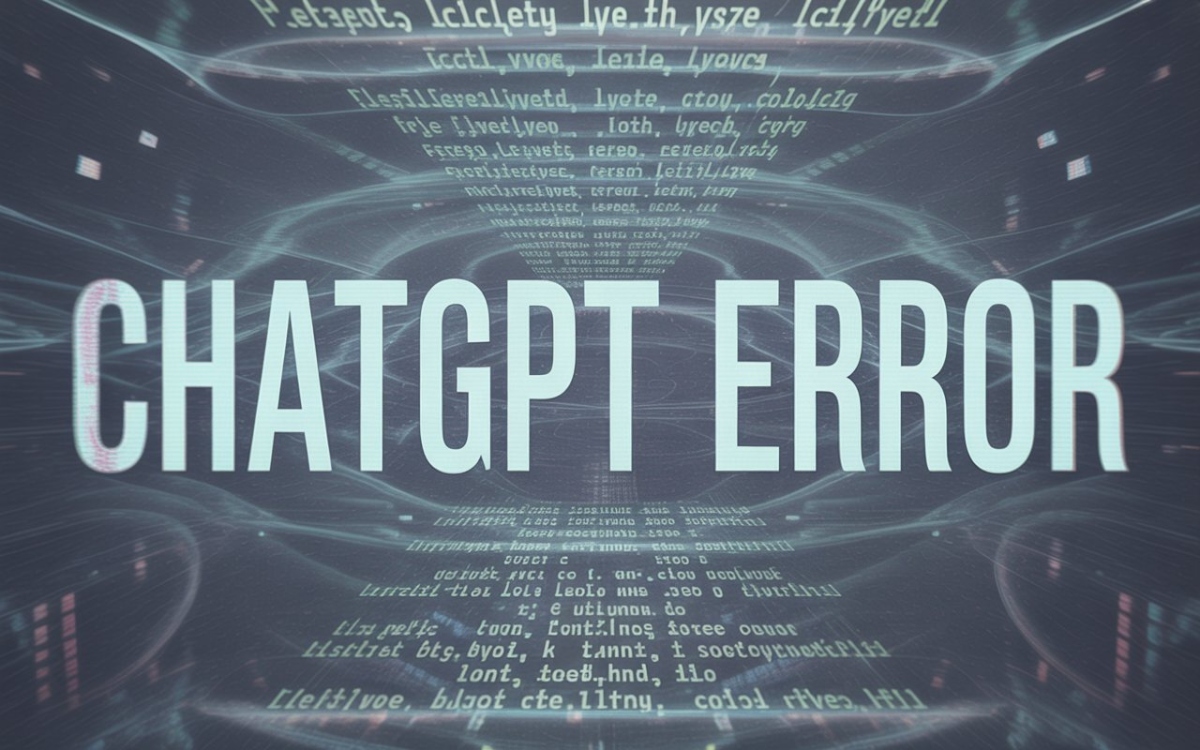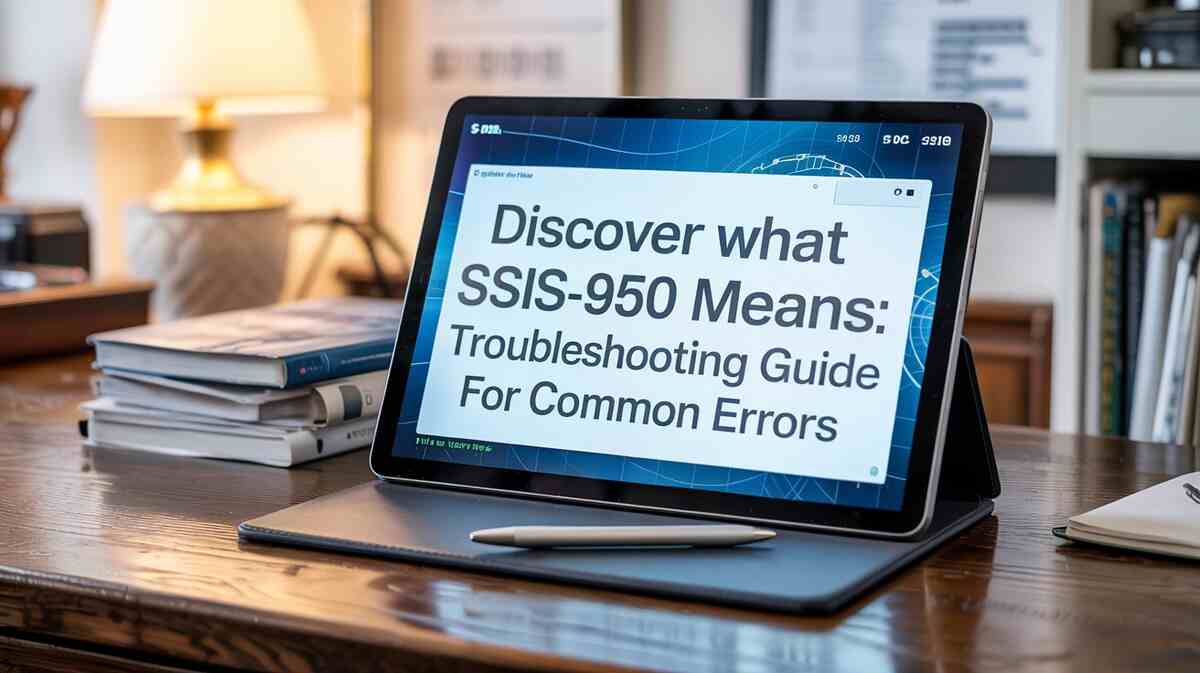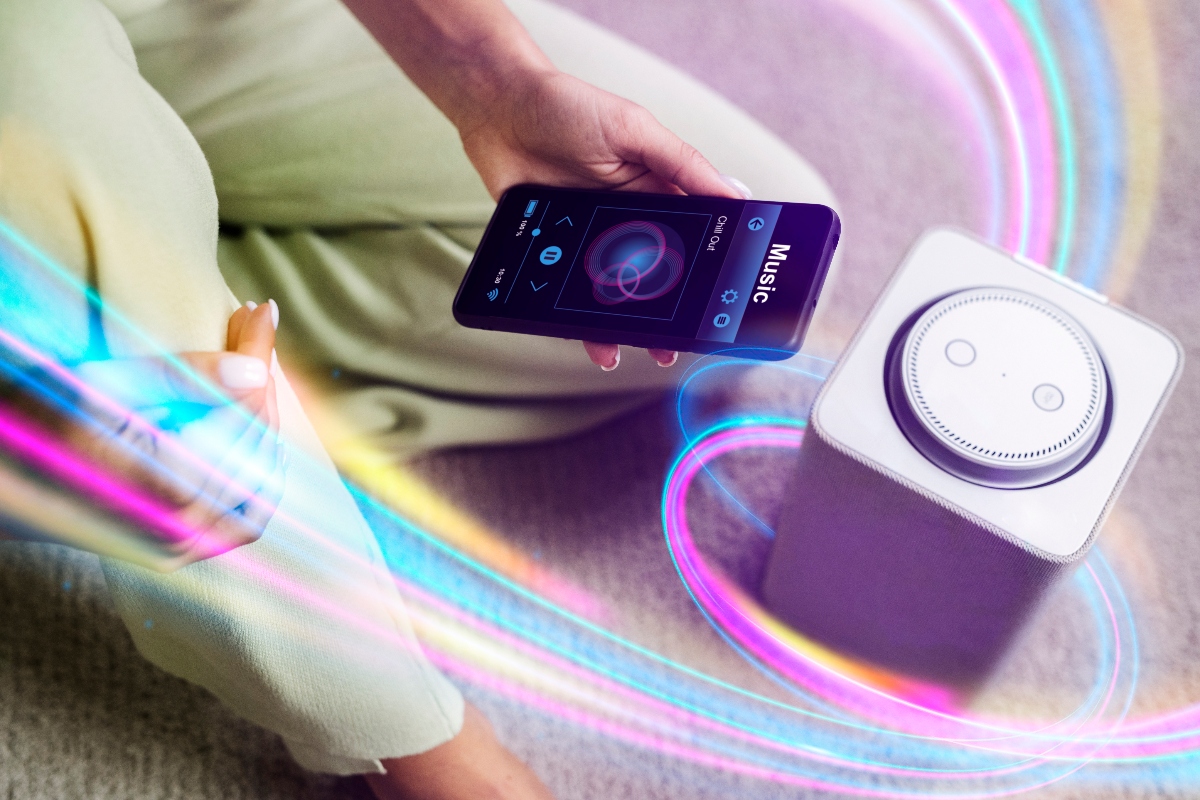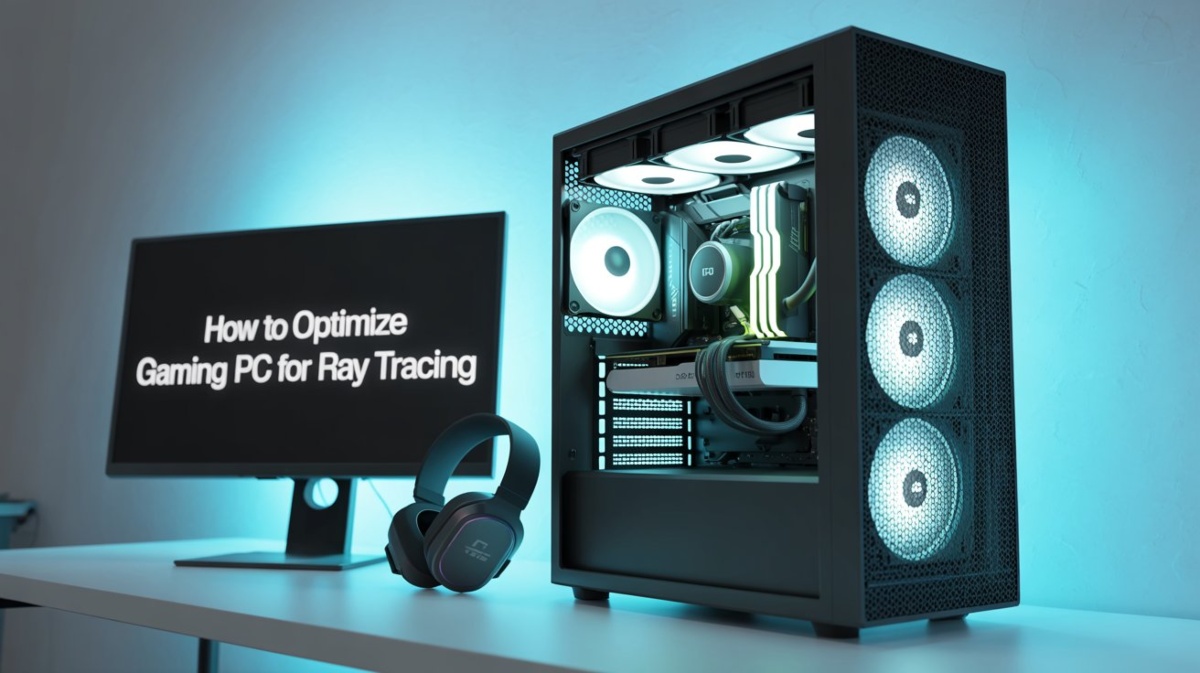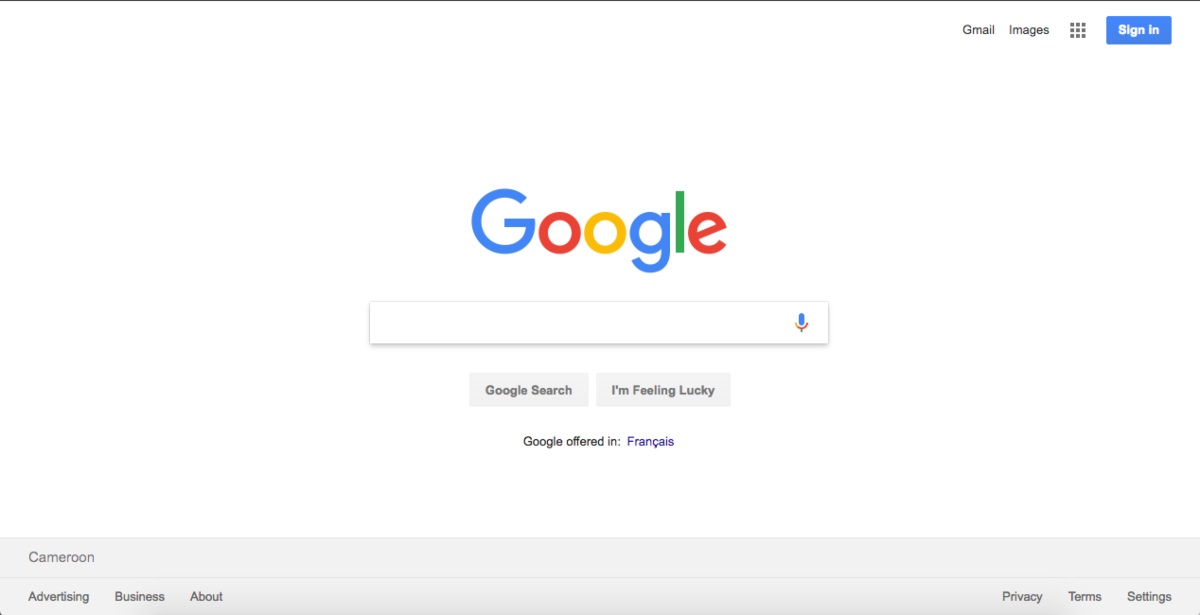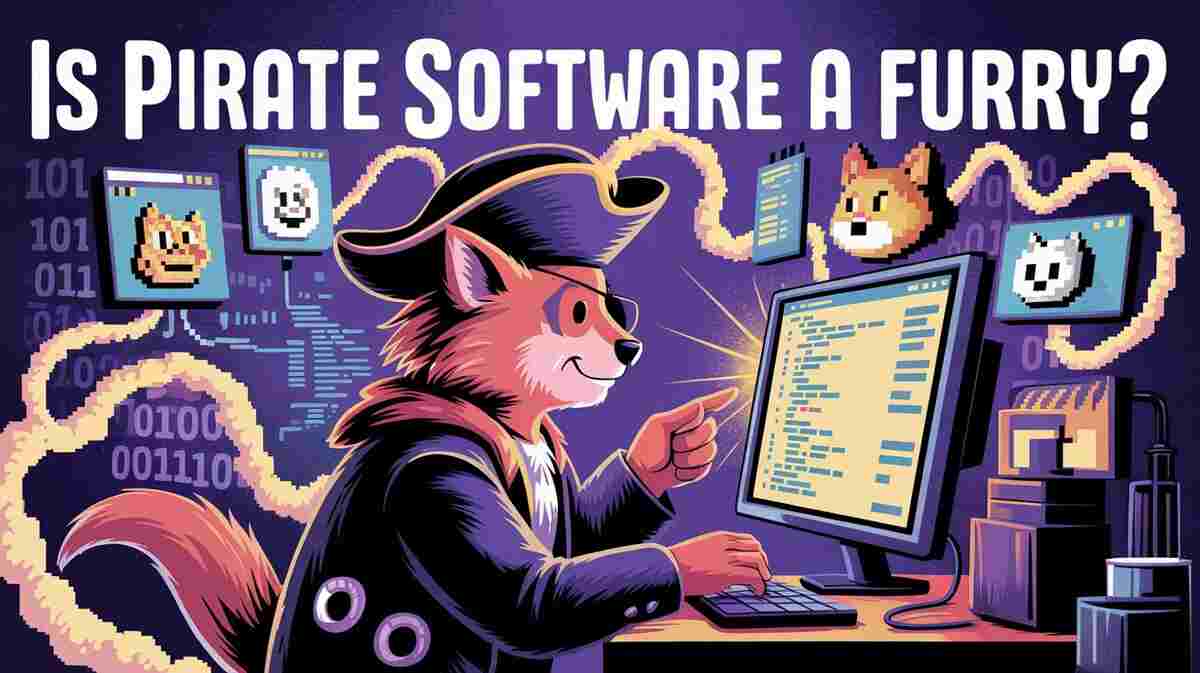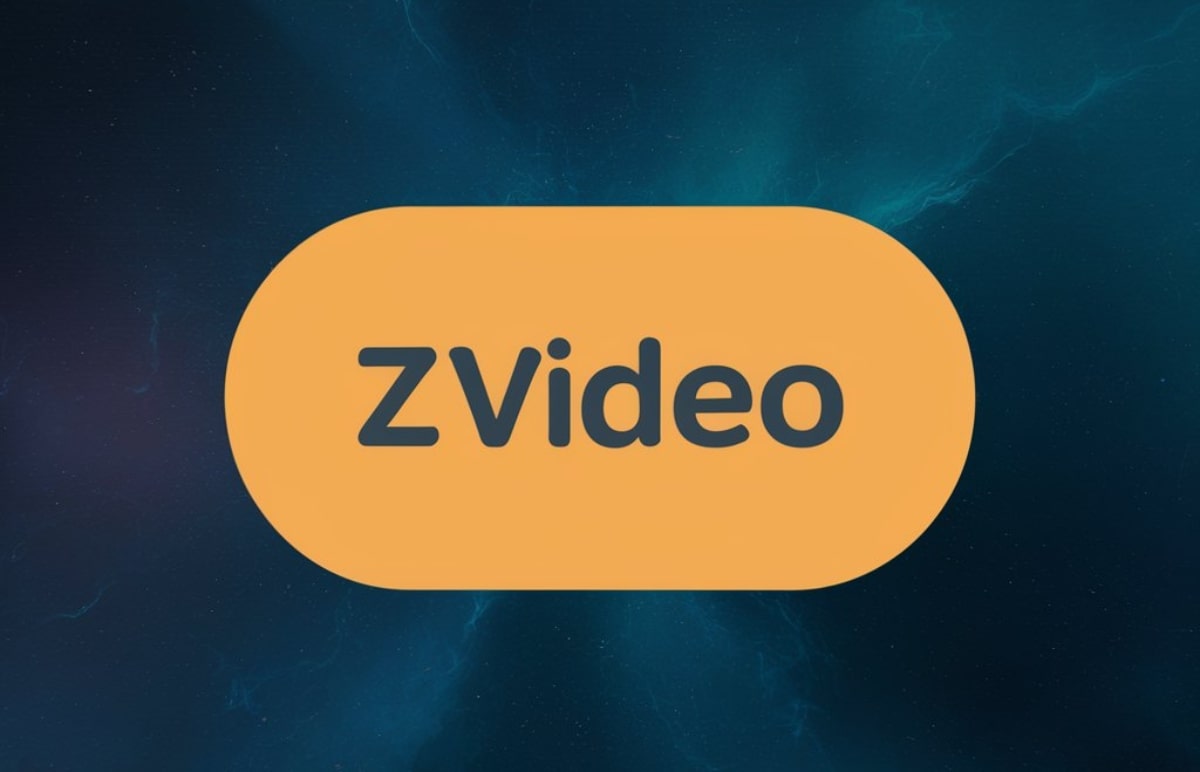In 2025, home automation software will evolve from basic scheduling apps to sophisticated systems capable of managing entire smart homes. Whether you’re a tech enthusiast, a smart homeowner, or just starting out, the right automation platform can transform your lifestyle, offering convenience, energy efficiency, security, and control.
This guide will explore the 7 best home automation software tools that are making waves in 2025. We’ll explain their features, compatibility, use cases, and why they stand out in a crowded market.
What Is Home Automation Software?
Home automation software is a digital platform that allows users to control, schedule, and automate smart devices like lights, thermostats, door locks, cameras, and appliances — all from one interface. These platforms often use cloud-based services, voice assistants, and AI-driven features to optimise daily routines and enhance security and energy efficiency.
Why It Matters in 2025
- AI-Powered Automation: Tools now learn from user habits and adjust settings automatically.
- Enhanced Security: Advanced monitoring, facial recognition, and real-time alerts are now standard.
- Seamless Integration: The best tools support hundreds of smart devices and third-party apps.
- Voice + Mobile Control: Full compatibility with Alexa, Google Assistant, Siri, and mobile apps.
1. Home Assistant – Open Source & Ultra-Customizable
Best for: Tech-savvy users and developers
Why it wows: Home Assistant offers the most powerful automation engine with deep local control and no cloud dependency.
Key Features:
- 100% local control (no internet needed)
- Supports 2,000+ integrations
- YAML-based customisation for complex automation flows
- Active open-source community
2. SmartThings by Samsung – User-Friendly and Reliable
Best for: Beginners and casual smart home users
Why it wows: With strong device compatibility and an intuitive mobile app, SmartThings remains a go-to choice in 2025.
Key Features:
- Cloud + local processing for faster responses
- Works with Zigbee, Z-Wave, Wi-Fi, and Matter
- Built-in routines and easy scheduling
- Seamless integration with Samsung devices
3. Hubitat Elevation – Advanced Local Control
Best for: Privacy-conscious users and automation enthusiasts
Why it wows: Hubitat excels at local processing and creates robust rules without requiring cloud access.
Key Features:
- Rule Machine for custom automation
- Offline automation capabilities
- Broad device compatibility (Z-Wave, Zigbee, LAN)
- Frequent updates and community support
4. Apple HomeKit – Best for iOS Ecosystem
Best for: Apple users looking for privacy and seamless integration
Why it wows: HomeKit leverages Apple’s ecosystem, emphasising confidentiality and secure control over smart home devices.
Key Features:
- End-to-end encryption
- Siri integration for voice control
- Adaptive lighting and scene control
- HomePod & Apple TV as automation hubs
5. Google Home – AI-Powered Routines and Simplicity
Best for: Google ecosystem users
Why it wows: Google Home uses AI to automate routines with impressive accuracy, adapting to user behaviour over time.
Key Features:
- Intelligent scheduling with machine learning
- Google Assistant voice control
- Works with Nest, Chromecast, and Matter devices
- Easy-to-use Google Home app
6. Amazon Alexa – Best for Voice-First Automation
Best for: Voice-command-focused households
Why it wows: Alexa is not just a voice assistant anymore — its Routines feature is powerful, flexible, and user-friendly.
Key Features:
Routine automation based on triggers (time, voice, motion)
Massive third-party skill ecosystem
Broad device support including Ring, Philips Hue, Ecobee
Alexa Guard for security
7. Homey Pro – All-in-One Smart Home Hub
Best for: All-in-one enthusiasts who want a sleek and centralised platform
Why it wows: Homey Pro supports nearly every wireless protocol and integrates with thousands of devices.
Key Features:
- Multi-protocol support: Zigbee, Z-Wave, Wi-Fi, Bluetooth, Infrared
- Mobile-first design with flow-based automation
- Works offline and with the cloud
- Voice assistant integration
How to Choose the Right Home Automation Software
When selecting a home automation platform in 2025, consider the following:
- Device Compatibility: Make sure it works with your existing gadgets.
- Privacy Preferences: Opt for local processing if you’re concerned about data sharing.
- Ease of Use vs. Customisation: Some tools are beginner-friendly, others are geared toward tech-savvy users.
- Cloud vs. Local: Cloud offers remote access; local provides speed and privacy.
- Budget: Some are free (like Home Assistant), others may require a hub or subscription.
Conclusion
The smart home ecosystem is rapidly growing, and 2025 is shaping to be the most exciting year yet for home automation software. Whether you’re a privacy-focused power user or want to control your lights with your voice, a platform on this list can upgrade your home life.
Frequently Asked Questions (FAQs)
What is the most secure home automation software in 2025?
Apple HomeKit and Hubitat are widely regarded as the most secure due to their focus on local processing and privacy-first design.
Is home automation software complex to set up?
Most tools, such as SmartThings, Google Home, and Amazon Alexa, are designed to be plug-and-play. Advanced platforms, like Home Assistant, require more technical setup.
Can I use multiple automation tools together?
Yes, but it may create conflicts. It’s best to choose one central platform and ensure all your devices are compatible.
What protocols should I look for in 2025?
Ensure your platform supports Matter, Zigbee, and Z-Wave — the most future-proof protocols for smart homes.

